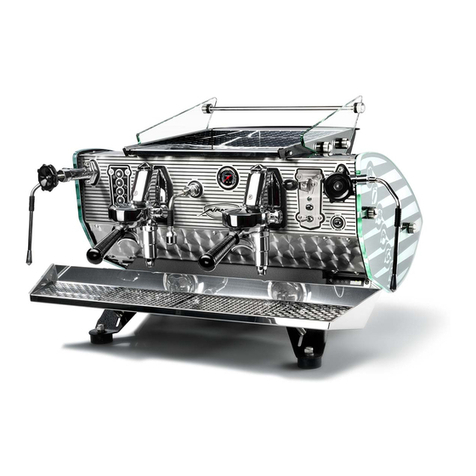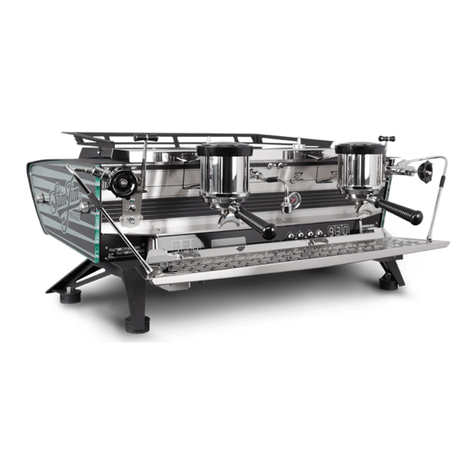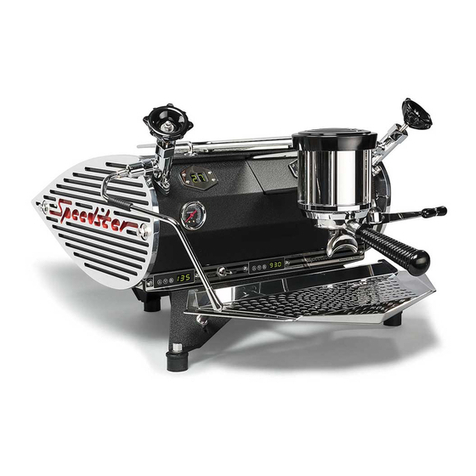CONTENTS
Speedster page 1
Parts identification ................................................................................................. 3
Welcome .............................................................................................................. 4
Notice .................................................................................................................. 4
Water quality ........................................................................................................ 5
Unpack................................................................................................................. 6
Installation ........................................................................................................... 6
Connect water supply.......................................................................................... 6
Connect water discharge ..................................................................................... 8
Connect electrics ................................................................................................ 9
Using the machine ................................................................................................10
Brewing espresso ..............................................................................................10
Hot water .........................................................................................................10
Steam..............................................................................................................11
Set boiler temperatures......................................................................................11
Adjust pump pressure ........................................................................................13
Cleaning the machine............................................................................................15
Remove filter basket ..........................................................................................15
Filter holder ......................................................................................................15
Steam wand .....................................................................................................15
Body................................................................................................................16
Back flush group ...............................................................................................16
Maintenance ........................................................................................................17
Recommended maintenance scheme....................................................................17
Replace group seal ............................................................................................18
Clean group dispersion plate. ..............................................................................18
Regenerate water softener .................................................................................19
Maintenance inside the Speedster...........................................................................21
Remove body panels..........................................................................................21
Replace anti-vacuum valve .................................................................................23
Grease wands and check play between nut and ball ...............................................24
Check jet in group on scale build-up ....................................................................25
Safety valve on steam boiler...............................................................................27
Expansion valve on heat-exchanger system ..........................................................28
Rebuild valves...................................................................................................32
Clean probes, level and safety ............................................................................34
Check O-ring and spring in progressive pre-infusion cylinder ..................................36
Replace all solenoid valves .................................................................................39
Adjust brewing lever ..........................................................................................41
Drain all water when freezing is possible ..............................................................42
Maintenance Records .........................................................................................45






































